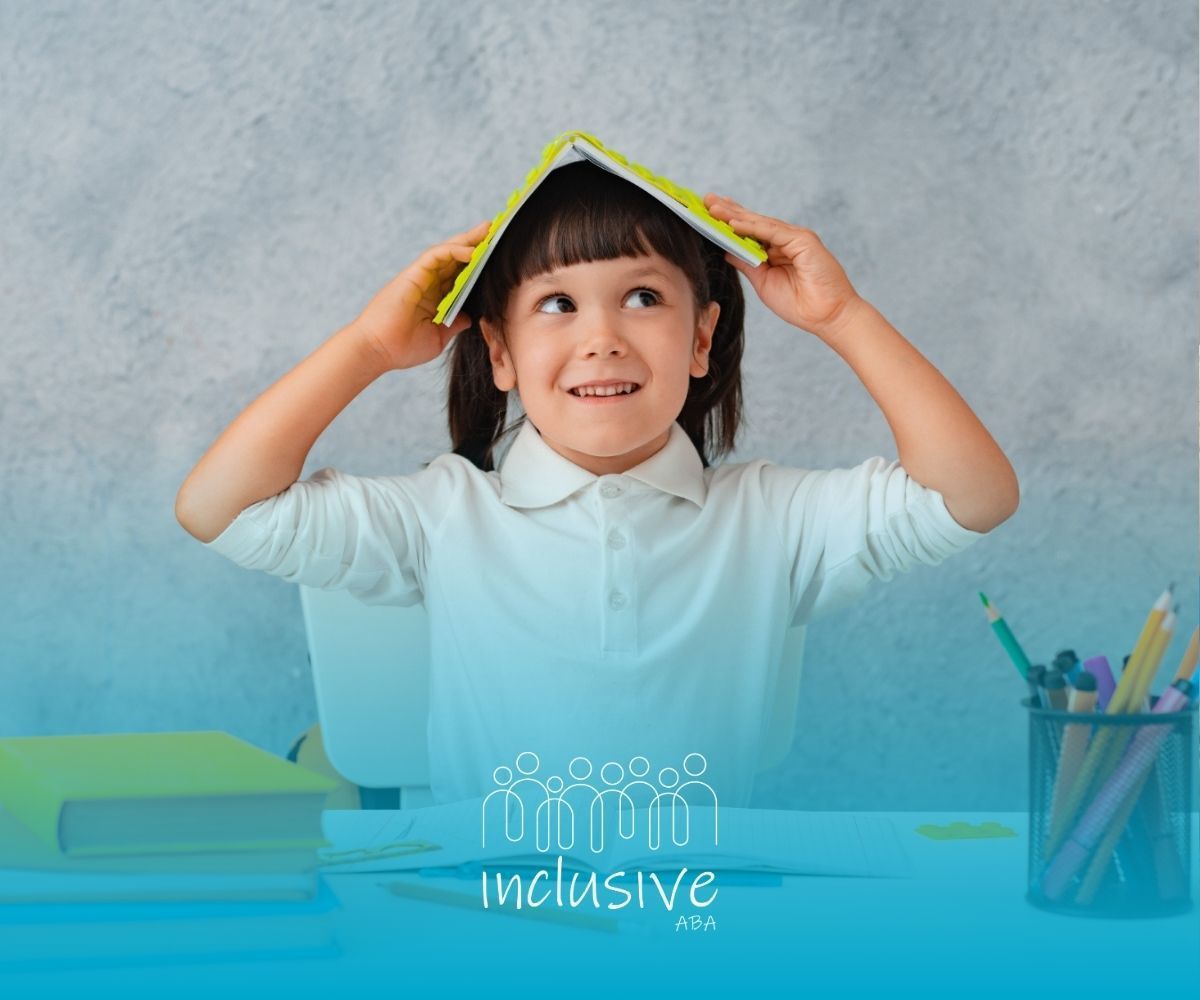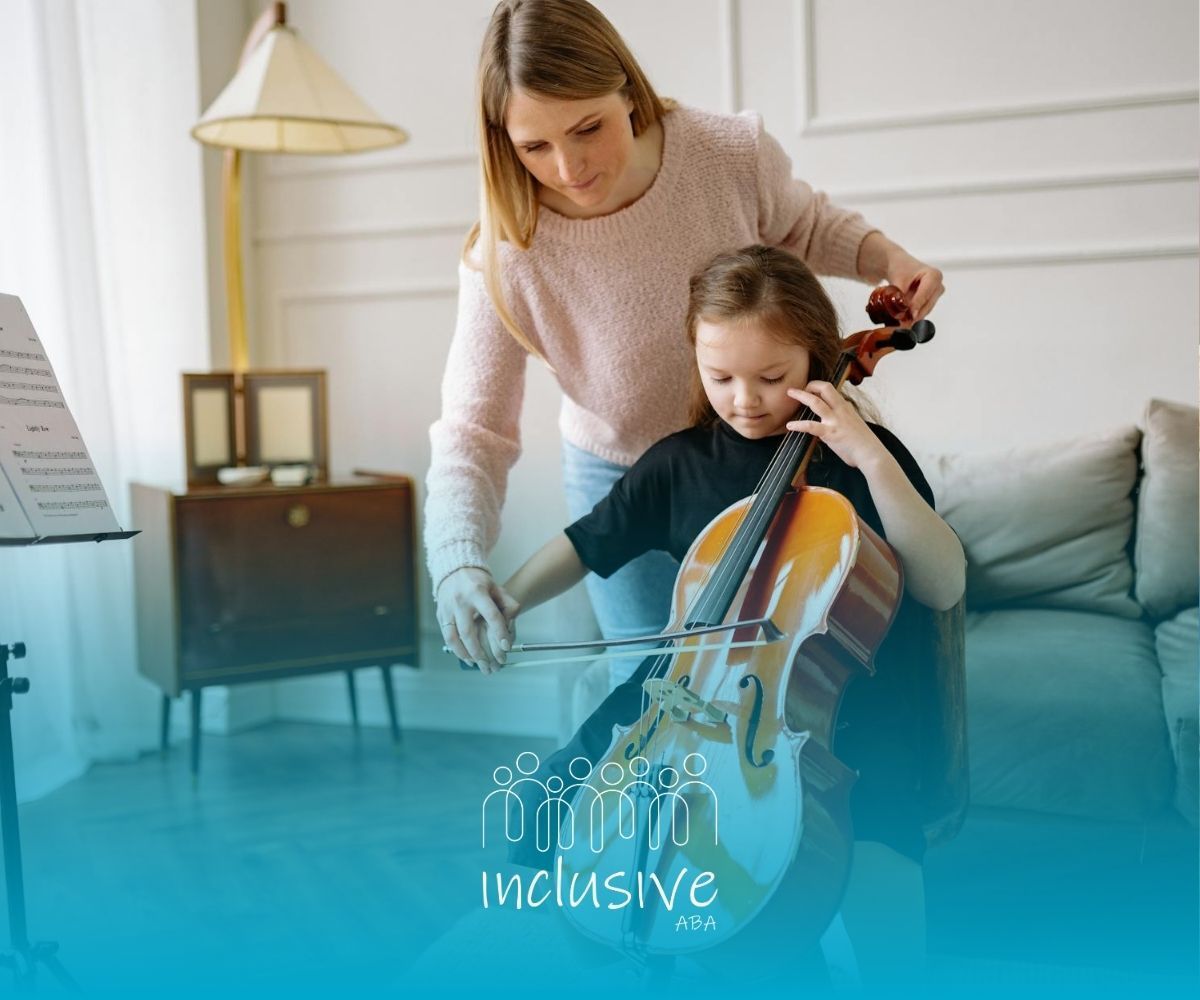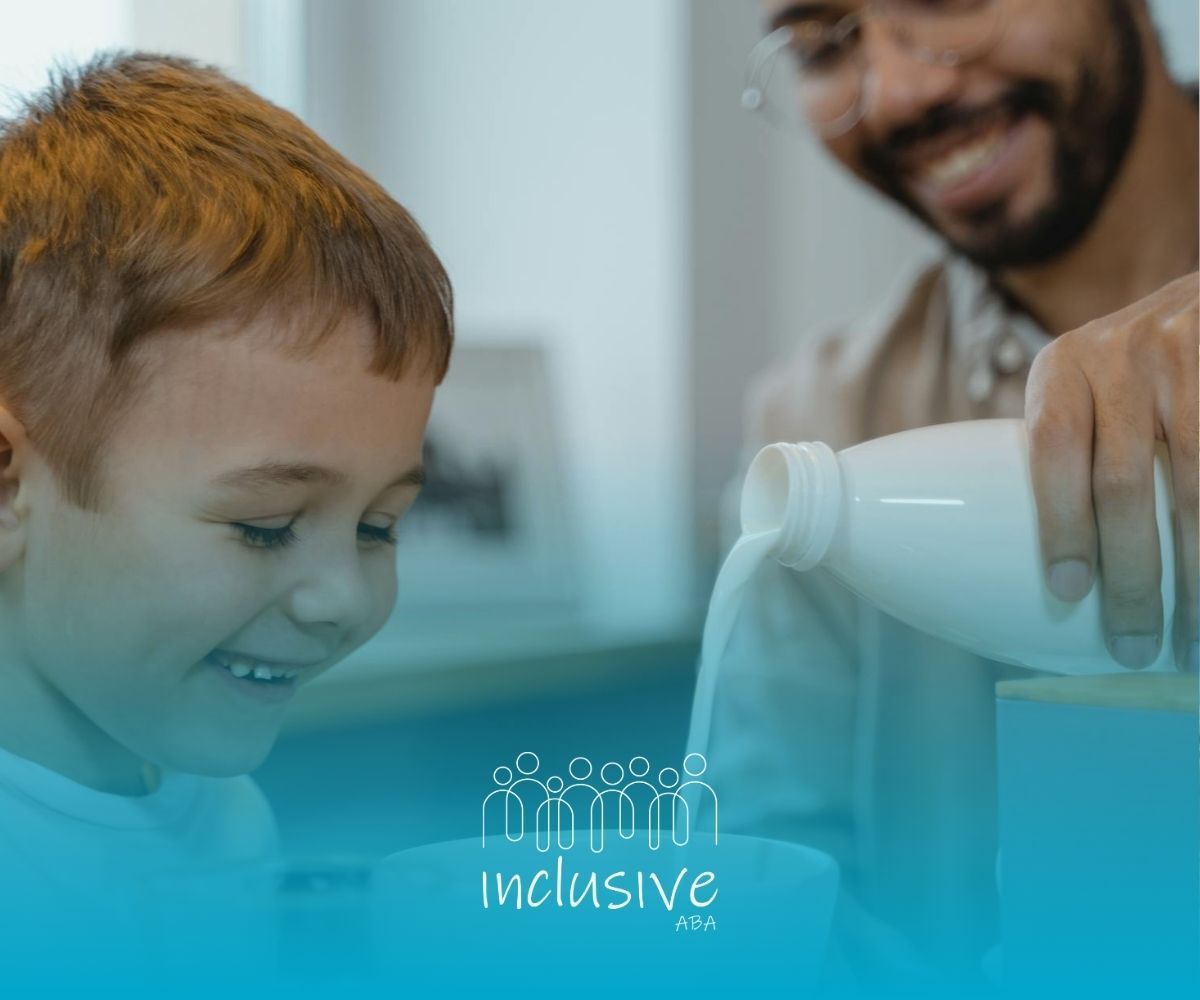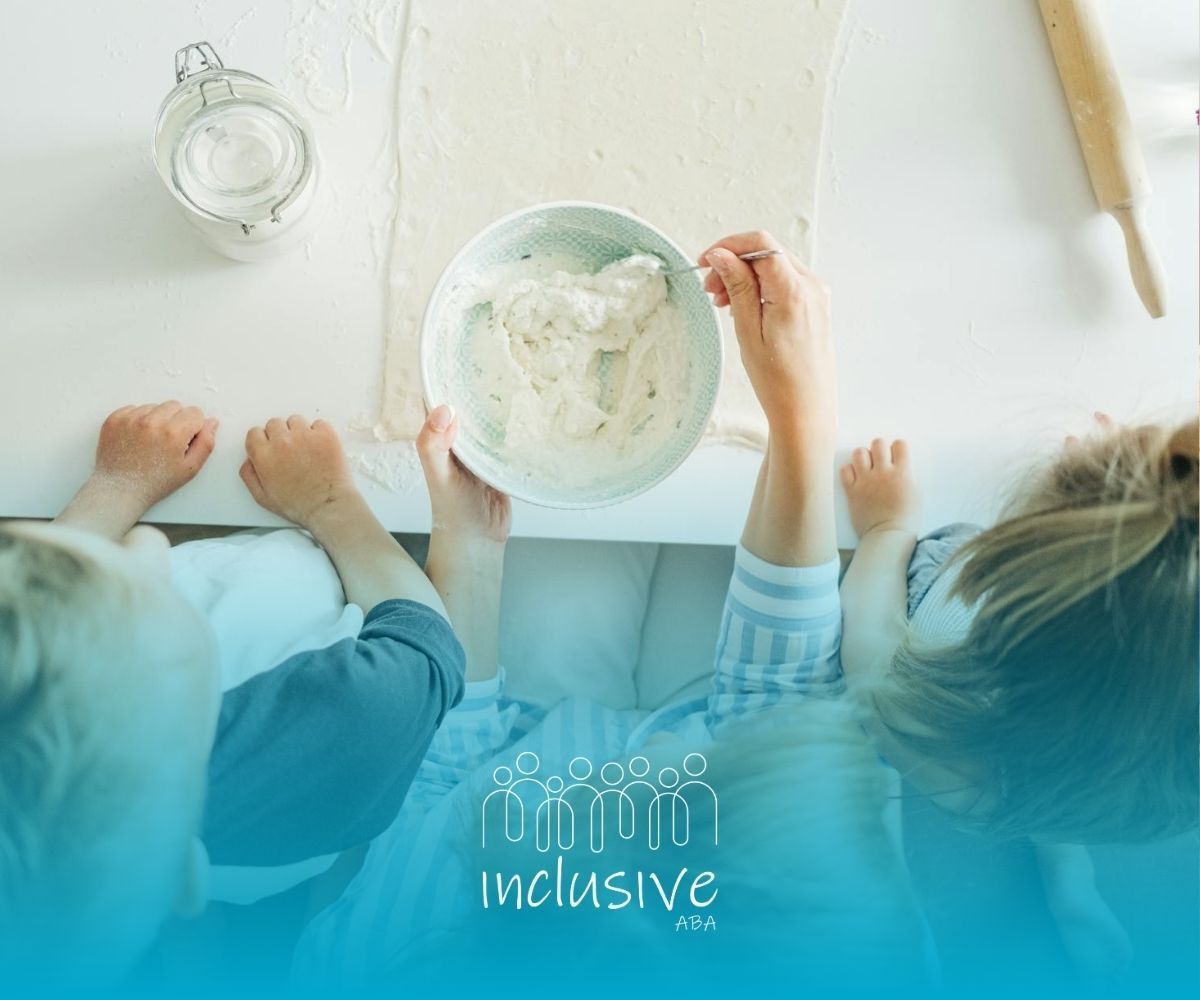
ABA and VB Therapy: Understanding the Key Differences
As a professional in the field of autism therapy, I know how overwhelming it can feel when trying to choose the right treatment approach for your child. ABA therapy and Verbal Behavior (VB) therapy are two widely recognized methods that stem from behavioral science, and while they share similarities, they also have key differences.
Understanding these distinctions can help you make an informed decision that aligns with your child’s unique needs. In this guide, I'll break down the essentials of both ABA and VB therapy so you can determine which might be the best fit for your child.
Understanding the Basics of ABA and VB Therapy
ABA and VB therapy both fall under the umbrella of behavior analysis, but they serve different purposes.
ABA therapy takes a comprehensive approach, focusing on modifying behaviors across various areas, from communication and social skills to self-care and academic skills. On the other hand, VB therapy zeroes in on communication by teaching language as a functional tool.
What is ABA Therapy?
ABA therapy is a well-established intervention that helps individuals with autism develop essential skills while reducing behaviors that may interfere with learning and daily life.
This therapy is highly structured, relying on data-driven strategies and reinforcement to encourage positive behavior change.
Key aspects of ABA therapy include:
- Individualized Plans: Every child is different, so ABA therapy is tailored to meet specific needs and strengths.
- Breaking Down Skills: Complex tasks are broken into smaller steps, making it easier for children to learn.
- Positive Reinforcement: Rewarding desired behaviors helps increase the likelihood of them being repeated.
- Behavior Reduction: Challenging behaviors are addressed using appropriate intervention strategies.
In my experience, ABA therapy works best when it’s consistent and integrated into a child's daily routine. It provides a strong foundation for developing independence and essential life skills.
The Core Principles of VB Therapy
Verbal Behavior therapy, pioneered by B.F. Skinner’s analysis of language, focuses specifically on communication. Unlike traditional speech therapy, which often concentrates on vocabulary and grammar, VB therapy emphasizes the function of language—why we communicate.
VB therapy categorizes language into verbal operants, which include:
- Mands (Requests): Teaching a child to ask for what they need, like saying "juice" when they’re thirsty.
- Tacts (Labels): Helping a child identify and name objects, actions, or emotions.
- Intraverbals (Conversations): Encouraging back-and-forth dialogue, like answering questions or engaging in discussions.
- Echoics (Repeating Sounds or Words): Strengthening the ability to imitate spoken language.
VB therapy is a fantastic option for children who struggle with functional communication. By focusing on why words are used rather than just how to say them, VB therapy helps children develop more meaningful interactions with those around them.
ABA Therapy Techniques
One of the reasons ABA therapy is so effective is its versatility. There are several key techniques used in ABA, each designed to address different learning needs and behavioral challenges.
Key Techniques in ABA Therapy
1. Discrete Trial Training (DTT)
DTT is a structured teaching method that breaks skills into small, manageable steps. Each step is taught systematically, with reinforcement given for correct responses.
This technique is highly effective for teaching foundational skills like eye contact, following instructions, and early communication.
2. Errorless Learning
Errorless learning involves minimizing mistakes during the learning process by providing immediate prompts and gradually fading them. This technique boosts confidence and ensures a higher success rate in mastering new skills.
3. Natural Environment Teaching (NET)
While structured sessions are valuable, learning should also happen naturally. NET incorporates learning into everyday activities, such as practicing counting while playing with toys or working on social skills during group play.
4. Visual Supports and Social Stories
Many autistic children are visual learners, which is why tools like picture schedules, social stories, and visual prompts can be highly effective. These aids help children understand expectations and navigate social situations with greater ease.
ABA therapy’s flexibility allows it to be tailored to different learning styles, making it a powerful tool for skill development across multiple areas of life.
How to Choose Between ABA and VB Therapy
When deciding between ABA and VB therapy, it’s important to consider your child’s specific needs and goals. Here are some key factors to keep in mind:
- If your child needs comprehensive support in multiple areas: ABA therapy might be the best choice since it addresses a wide range of skills, from daily living tasks to emotional regulation.
- If communication is the main challenge: VB therapy is specifically designed to help children develop functional language skills and express their needs more effectively.
- If your child responds well to structured learning: ABA provides clear, systematic instruction that works well for children who thrive on consistency.
- If your child is motivated by interaction and reinforcement: VB therapy’s focus on meaningful communication can be more engaging for children who enjoy social interaction.
The good news is that these therapies aren’t mutually exclusive. Many therapy programs combine VB and ABA techniques to provide a well-rounded approach to learning and behavior support.
Conclusion: Finding the Right Fit for Your Child
Both ABA and VB therapy offer valuable tools to help autistic children grow, develop, and communicate more effectively. Choosing the right therapy depends on your child's unique strengths and challenges. Whether the goal is to enhance communication, improve social skills, or reduce problematic behaviors, there’s an approach that can meet your child’s needs.
At Inclusive ABA, we specialize in individualized therapy plans that incorporate the best elements of both ABA and VB therapy. If you’re unsure about which approach is right for your child, we’re here to help.
Contact us at 888-912-7893 or email info@inclusiveaba.com to learn more about how our team can support your child’s development and success.
FAQs
What is the main difference between ABA and VB Therapy?
ABA therapy focuses on modifying behaviors across various areas, while VB therapy specifically targets language development and communication skills.
Can ABA and VB Therapy be used together?
Yes, many therapy programs integrate elements of both ABA and VB to create a well-rounded approach tailored to an individual’s needs.
Which therapy is better for a non-verbal child?
VB therapy is specifically designed to develop communication skills, making it a strong choice for non-verbal children, but ABA techniques can also be highly effective in fostering communication
Sources:
- https://pmc.ncbi.nlm.nih.gov/articles/PMC8531076/
- https://www.autismspeaks.org/verbal-behavior-therapy
- https://asatonline.org/research-treatment/clinical-corner/what-is-vb-verbal-behavior-is-it-different-from-aba-and-does-my-child-need-it-to-learn-language/
- https://pmc.ncbi.nlm.nih.gov/articles/PMC4311953/
- https://www.thechicagoschool.edu/insight/psychology/natural-environment-training-vs-play-therapy/
Looking for Expert Help? We're Here for You!
Our compassionate and skilled team is devoted to enhancing your child's development through customized ABA therapy. Let us partner with you to create a supportive environment for your child's success.
Discover how we can help your family thrive with expert ABA therapy.
Send a Fax
303-616-1189
Mon-Fri: 9Am to 5.30 Pm
Sat- Sun: Closed












